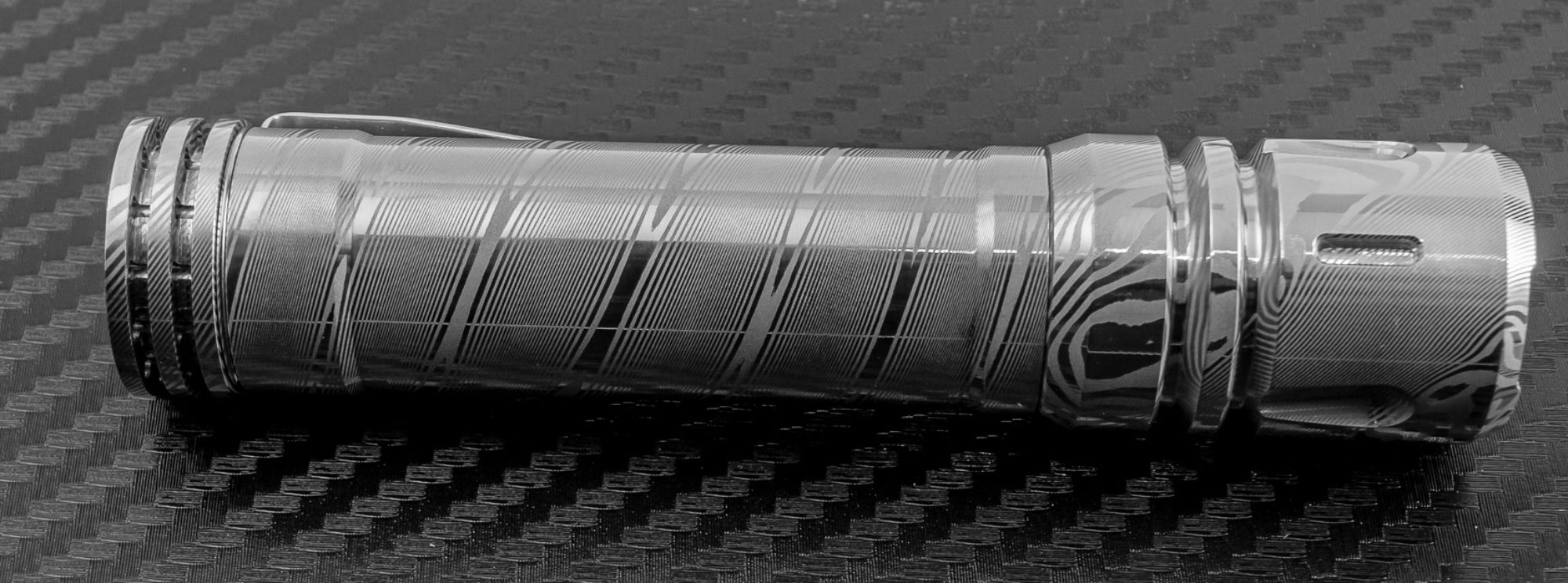Last week Adobe released a new version of Adobe Acrobat, version X. This is a new version of the program that many of us use every day. In the past people shied away from new versions of Acrobat reader because over the years the program had become bloated and slow. However this new version offers important security benefits and speed improvements that make the upgrade worth it.
As many people know Adobe Reader has become one of the favorite attack vectors for hackers and malware over the past few years for a number of reasons including.
- The install base is huge! Most new PC’s come with it preinstalled, if not almost everyone needs a PDF viewer and Adobe’s is the most popular.
- Quarterly updates that Adobe releases are too slow and infrequent, Only if an exploit is really bad does Adobe decided to do an out of cycle update. Even with these updates few people know that the program needs updated. The automatic updates in version 9 have been better but still seem to fail most of the time. Manual updating seems to be required.
- The ability to run things such as Javascript in a PDF exist and are on by default. Just about everyone does not need this feature and it represents a large place to exploit.
Security
The biggest feature of version X is the introduction of a Sandbox. A sandbox provides isolation of the program from the operating system, to lessen the chance of security exploits. Adobe does a great job in explaining all about the sandbox features in these two blog posts, Sandbox Post 1, Sandbox Post 2, Sandbox Post 3, Sandbox Post 4. This is such a big thing from a security angle that the SANS institute has recommended that everyone install Adobe Reader X to get this feature. https://isc.sans.edu/diary.html?storyid=9976
Speed
Surprisingly this new version is faster than the old version 9. It appears to be less bloated and quicker responding.
Other changes
I noticed the voice that will read text to you if you want seems to be more like a human. The flow is greatly improved. The interface has been tweaked slightly to have more of a beveled edge, silver stainless steel look. I like it. Its nothing revolutionary but a nice, clean change. The updater also now allows for you to set it to automatically download and install updates. Hopefully this works well and allows the program to stay up to date without much user intervention. I do hope Adobe changes their company policy and moves to a monthly update policy on the second Tuesday of the month, like Microsoft. This will make the task of corporate administration much easier on the administrator.

By default two security settings are on, when they should be disabled for increased security. They pertain to features that a very, very small percentage of users actually use. If for some reason you needed these someday you can easily turn them on, but for maximum security they should be off. Adobe has even recommended doing this when the program has had problems in the past.
The second option that needs changed is under this same menu. Choose Trust Manager on the left hand side of the page, then at the top of the page uncheck the box that says “Allow Opening of non-PDF file attachments with external applications”
The other bad thing is that despite these new security features the very people you are trying to keep out are trying to take advantage of this new release to push their spamware most of it dubbed “Adobe Acrobat 2010” THIS IS FAKE and Malware, DO NOT INSTALL. The SANS institute has a nice post about this as well, even with photos! https://isc.sans.edu/diary.html?storyid=9982
In conclusion when combined with the new security features and increased performance this seems like a great thing to have if you like the official client. Here is a direct download for Windows ftp://ftp.adobe.com/pub/adobe/reader/win/10.x/10.0.0/en_US/AdbeRdr1000_en_US.exe

